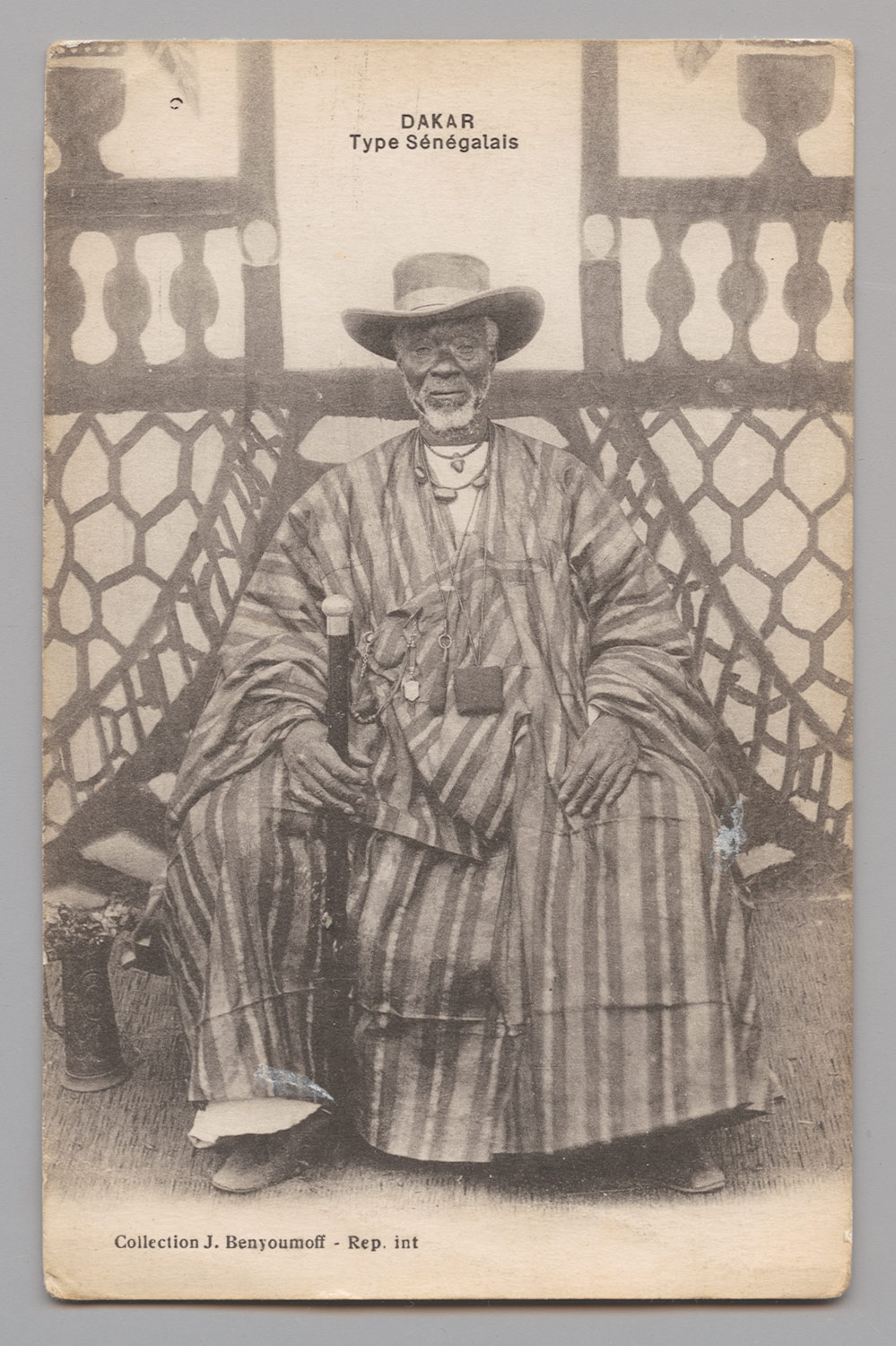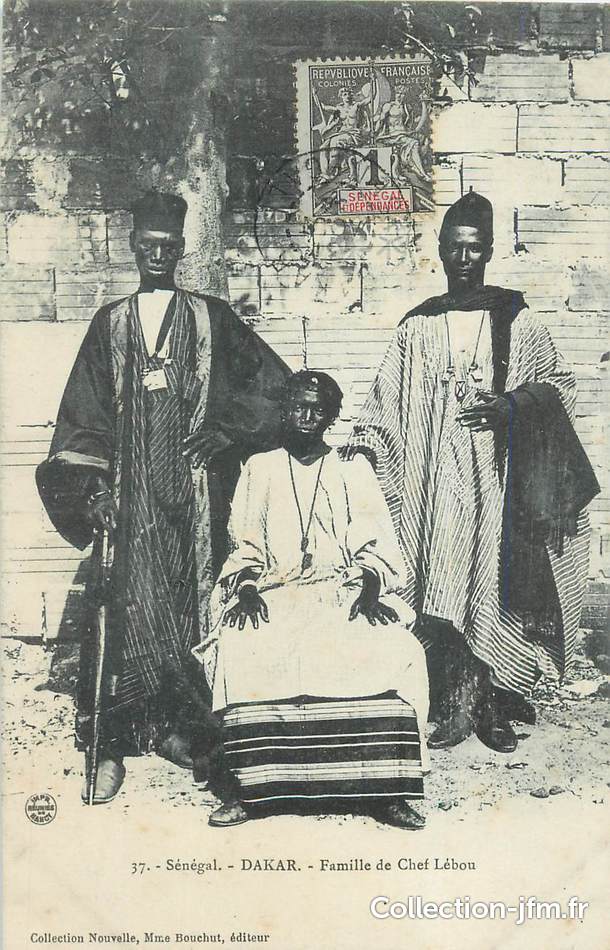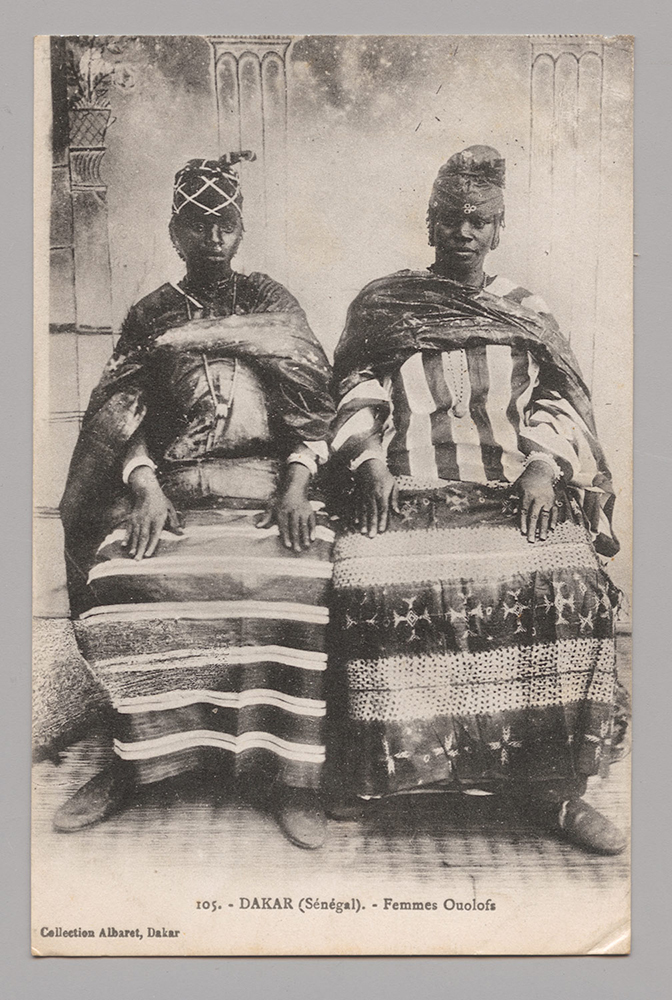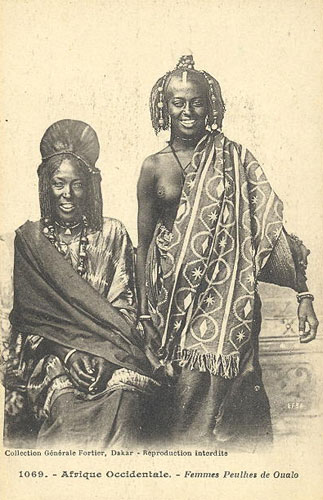MischievousMonkey
Gor bu dëgër

Alright, so there we go… I hesitated between doing this here, in the Locker Room, or in the Root. But since the Root is dead because of yall non-intellectual fukkery-addicted brehs (
 I’m just playing I’m the same), I thought why not post it where it will get the more traffic? If it turns out to be a bad decision, I’ll ask the mods to move it. (EDIT 30/11/2019: I did... Welcome to the Root)
I’m just playing I’m the same), I thought why not post it where it will get the more traffic? If it turns out to be a bad decision, I’ll ask the mods to move it. (EDIT 30/11/2019: I did... Welcome to the Root)Basically, what this thread aspires to be is a collection of historic photographs and drawings of Africans back in the day. I insist on the word historic because I know there are a lot of fantasy depictions of the continent going around on the internet, which are fine, but often not accurate since imagination plays a significant role in the representations they show.
What I’d like for this thread is for it to be to be as close as possible to what reality was back then, meaning photographs are obviously cool, but also drawings by people who were there physically.
But what is “back then” you may ask? Quite frankly, the timeframe should not be restrictive as it is already limited by the historic material we have at our disposal. Egyptian’s pictures are the oldest accurate representations of African people that I know of, and we should go as far as that. What is considered the “most recent back in the day” on the opposite side of the spectrum? It can be subject to discussion. I wouldn’t consider the 80s “back in the day” for example, while the early XXth century is absolutely “back in the day” to me. You see, it’s pretty subjective; so I’ll let yall decide what that means to you.
Share any picture you want fitting these criteria.
The only format requirement I want is for you to describe at least briefly the content of the picture you post. That means that the region, ethnicity of the people represented and if possible (very much appreciated), the period, are all important elements of a good description. No need to write extensive paragraphs, but it goes without saying that I would love it if you did. Posting a picture can also be an opportunity to present a particular cultural fact or a piece of history echoing what is shown, or just comment whatever you feel about it. Don’t restrain yourself!
Feel free to contribute!!
Last edited:




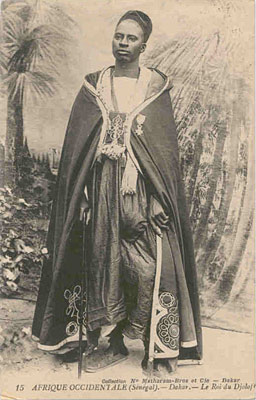












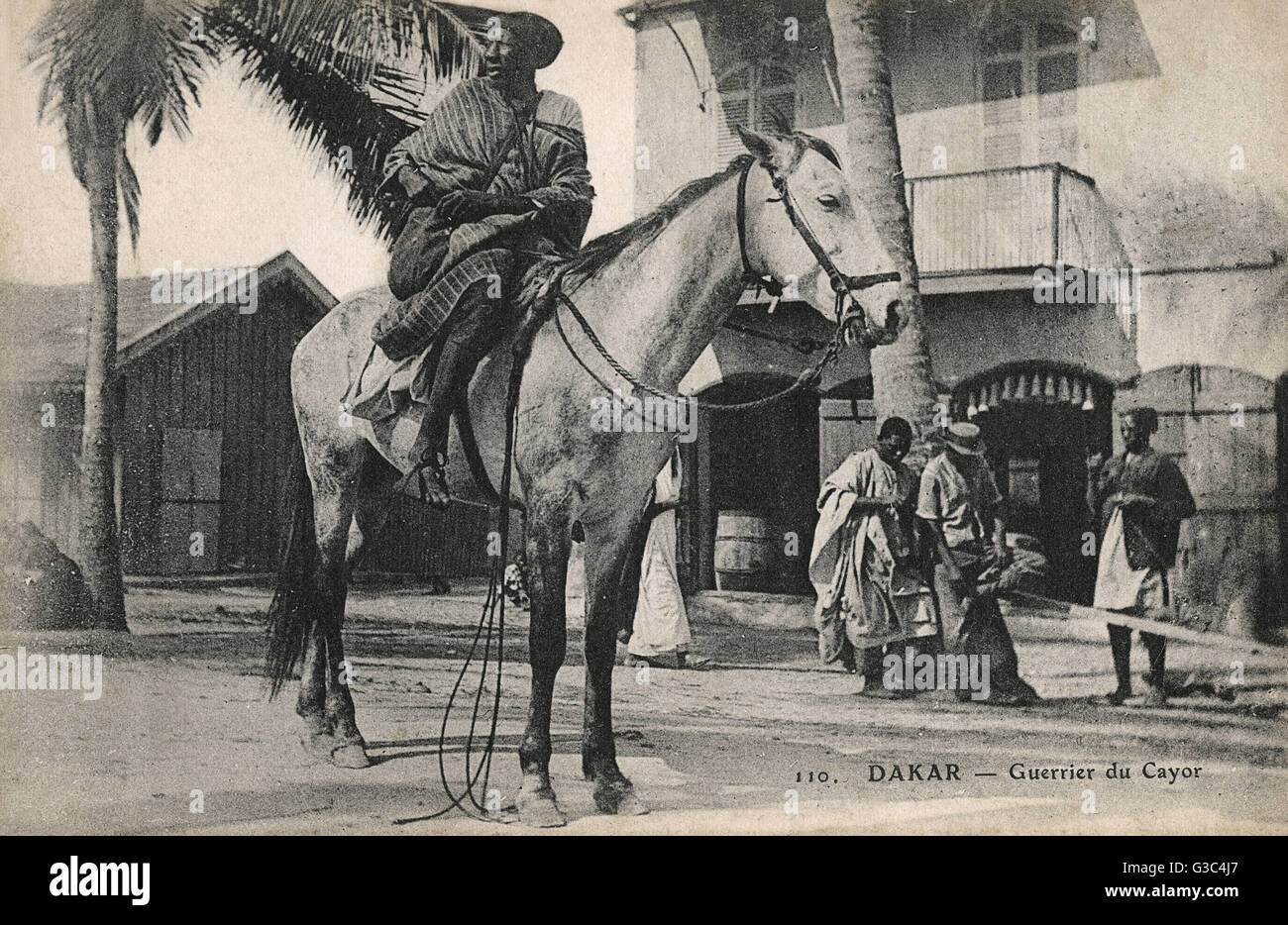
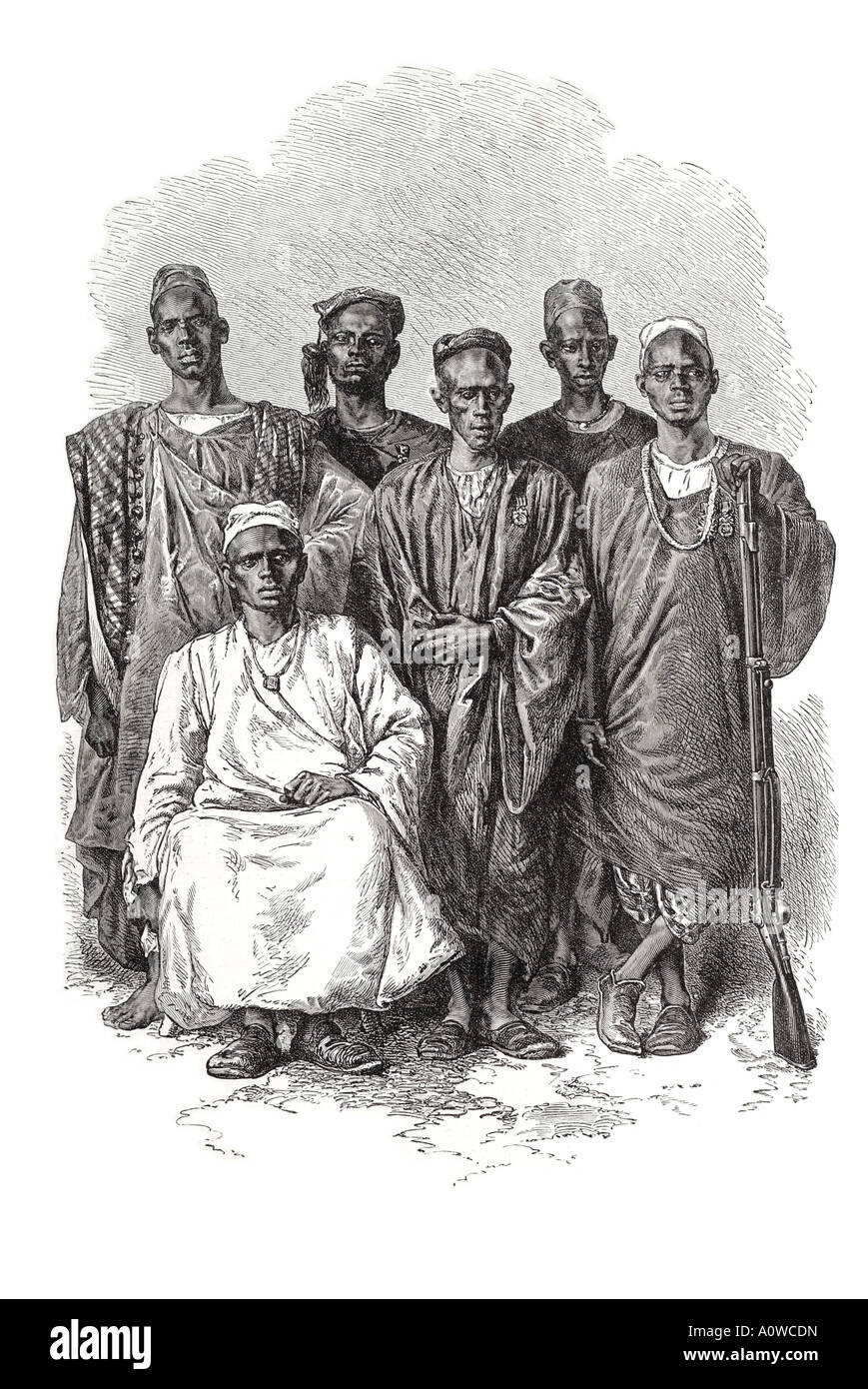

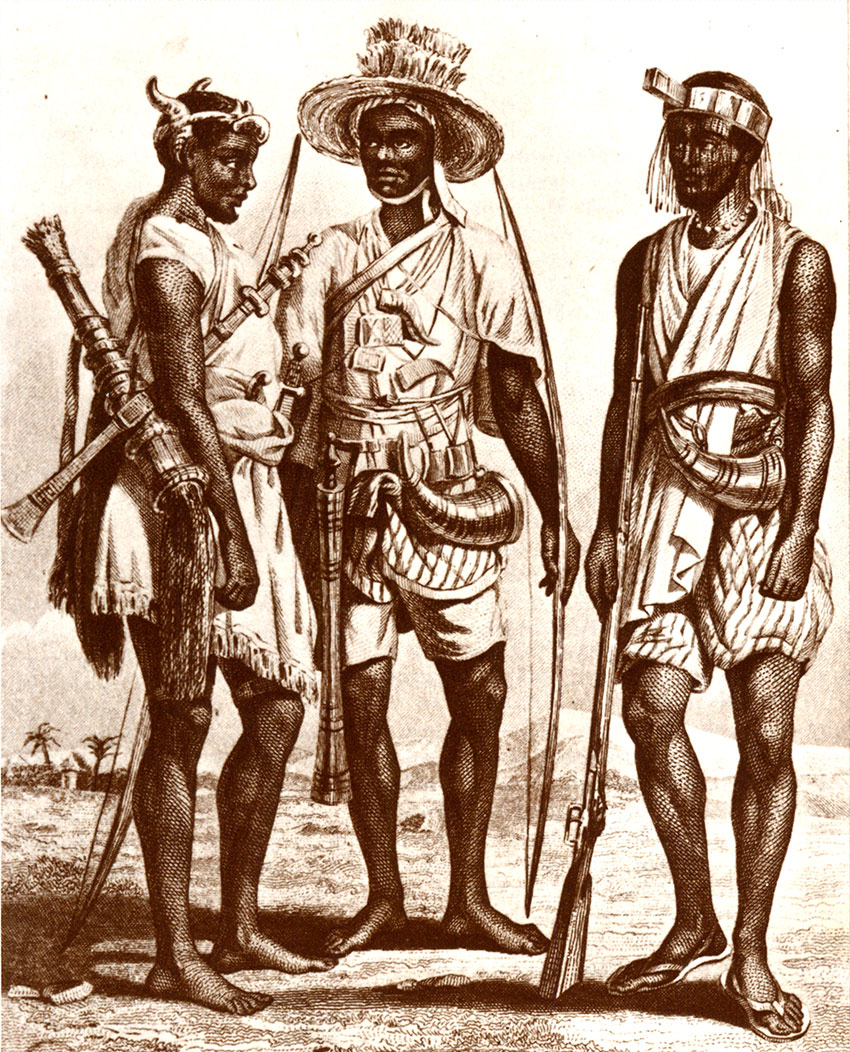
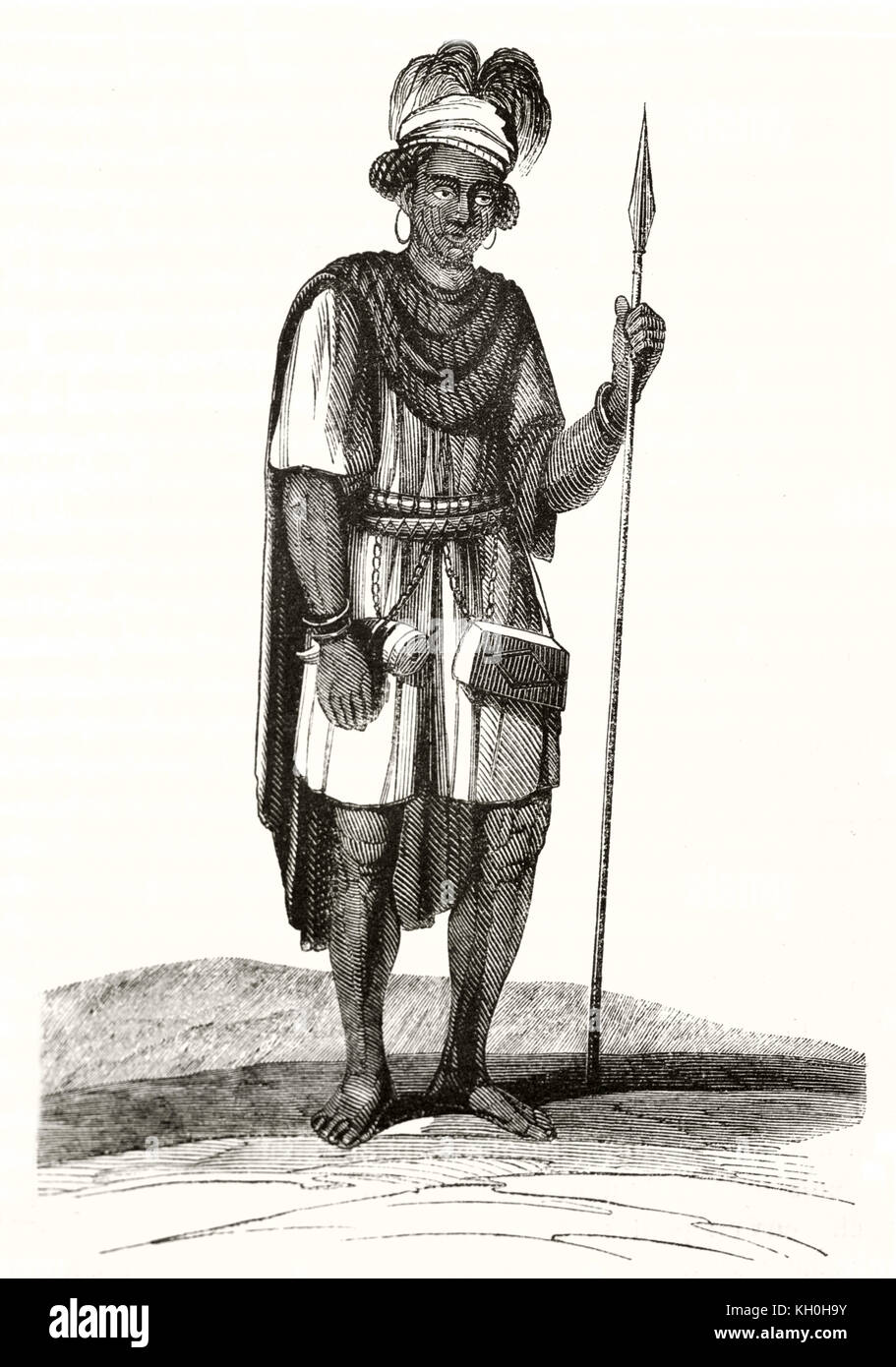

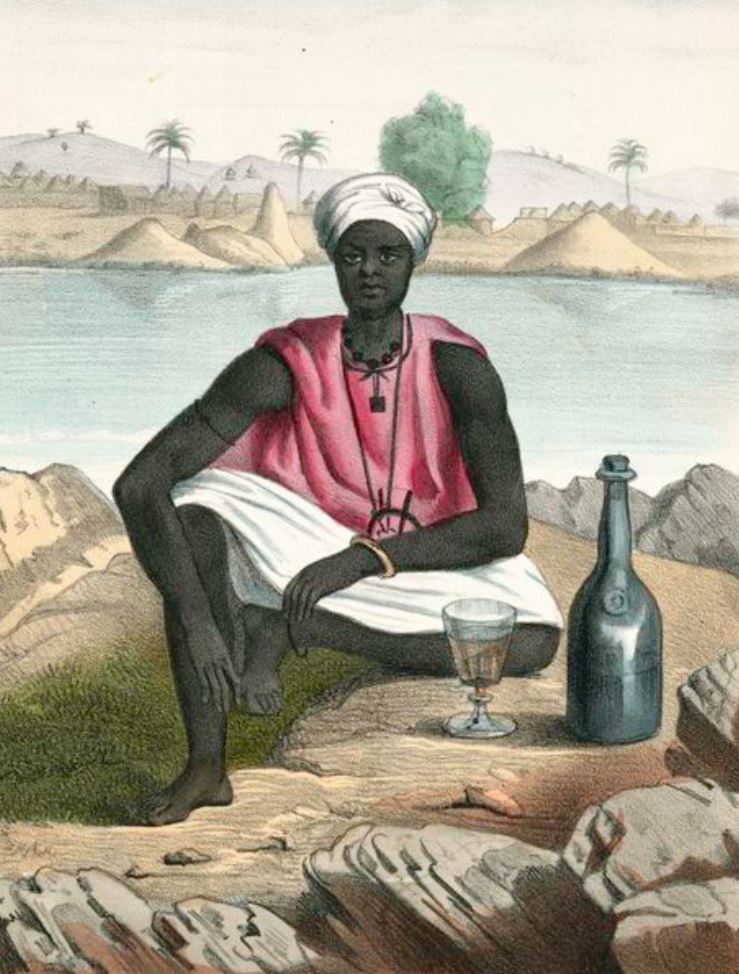








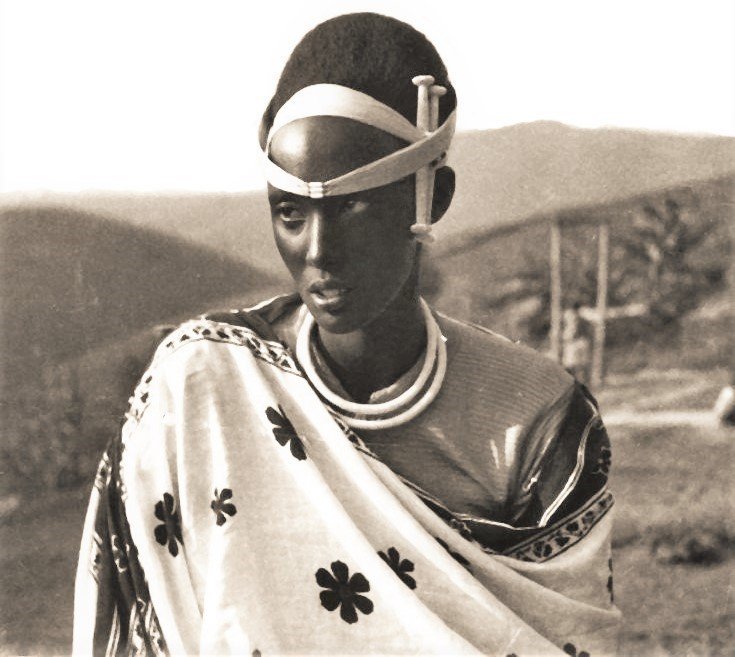
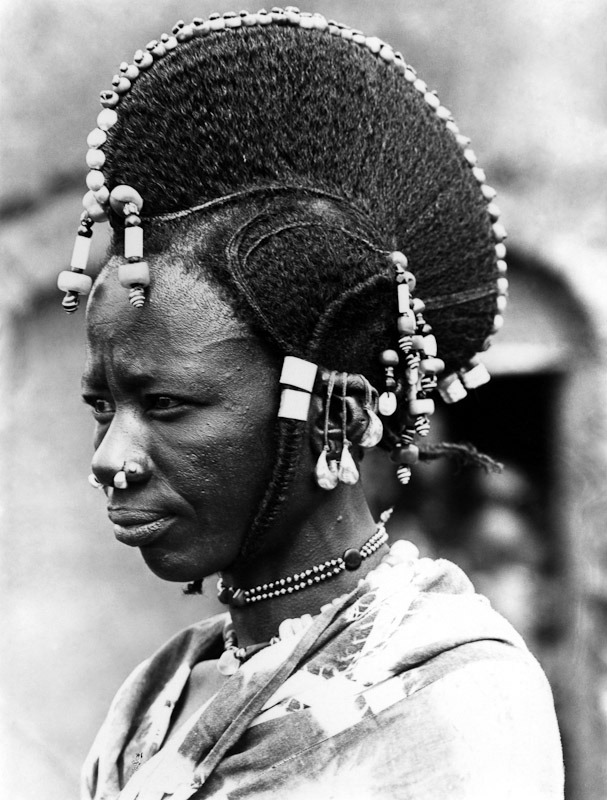















 He looks like Omar Sy too!
He looks like Omar Sy too!